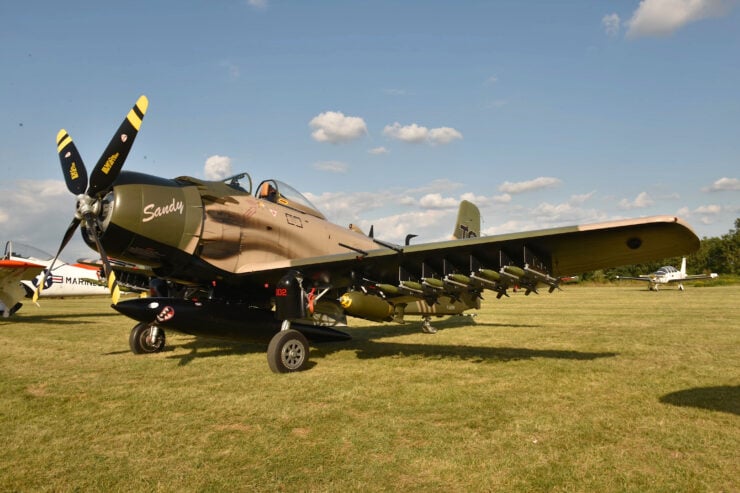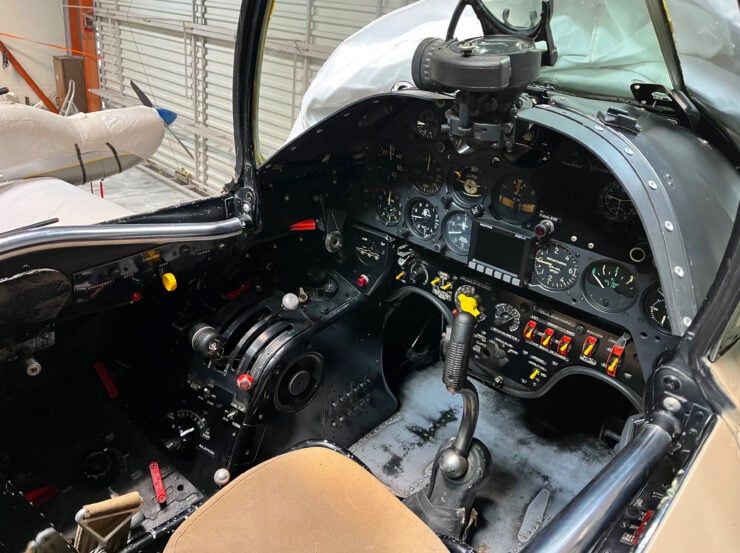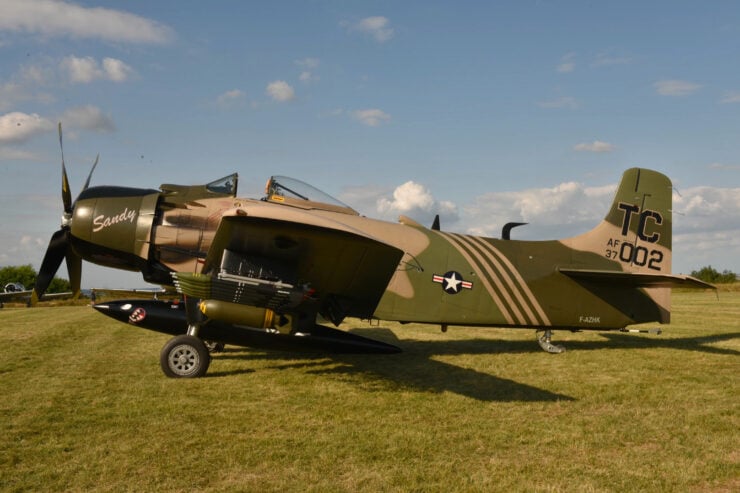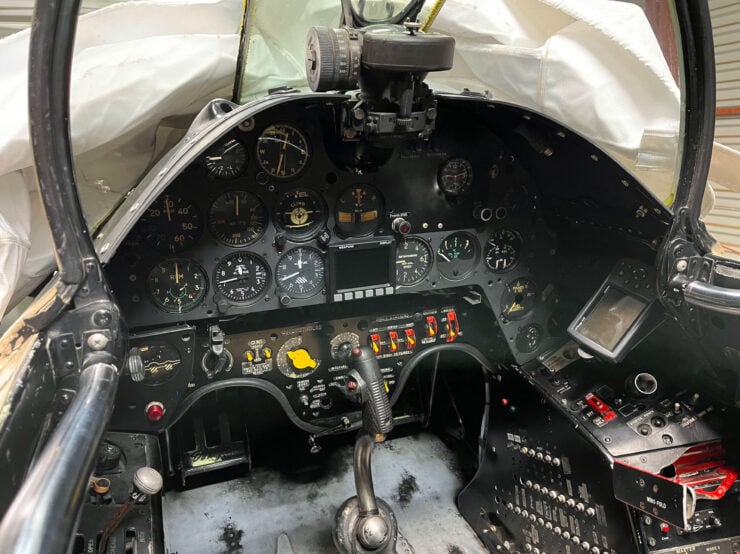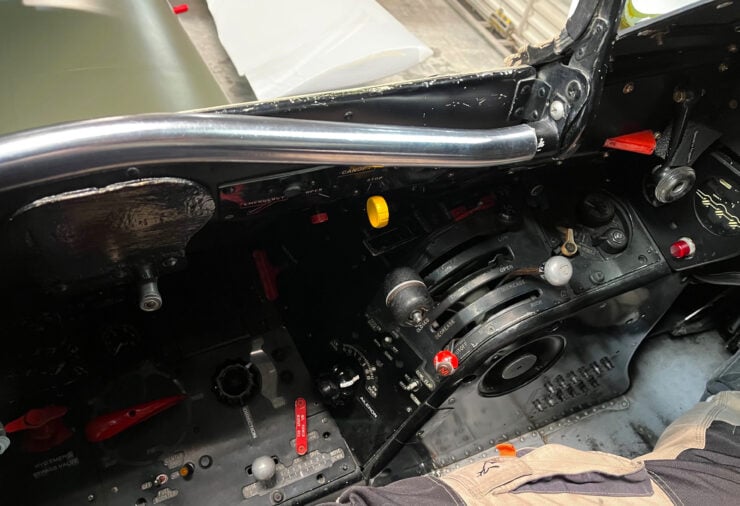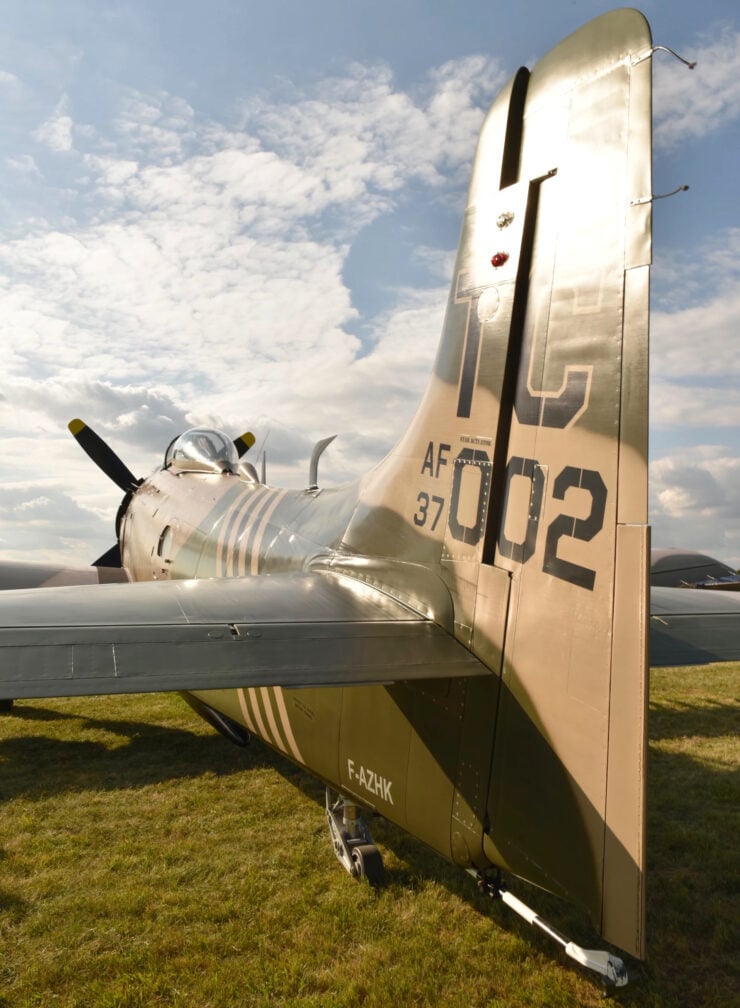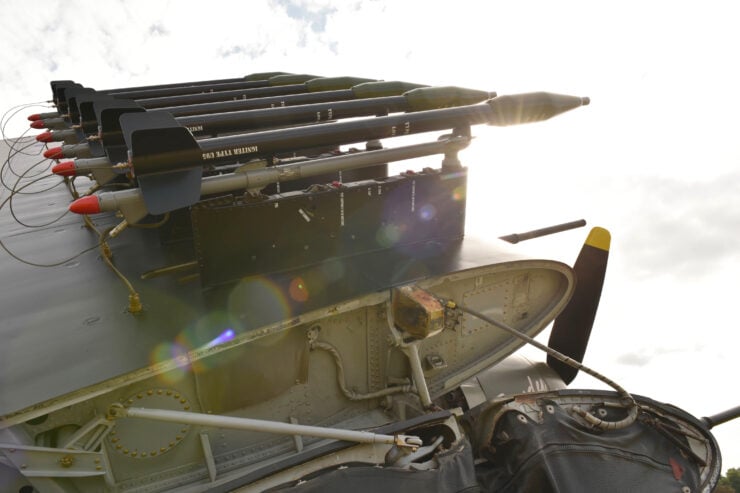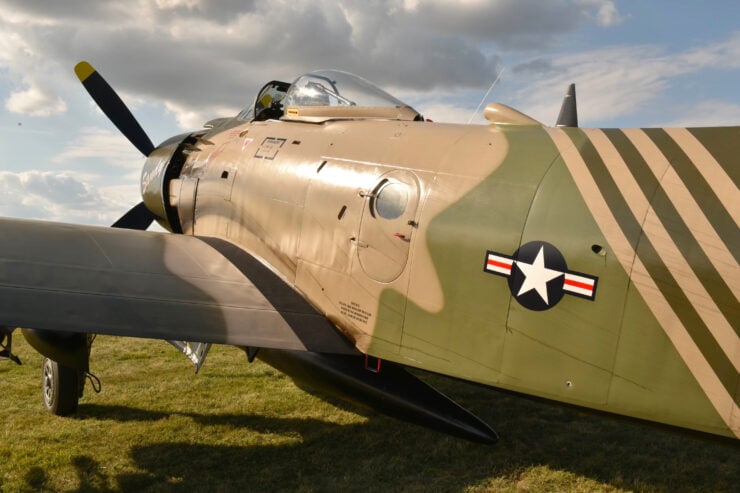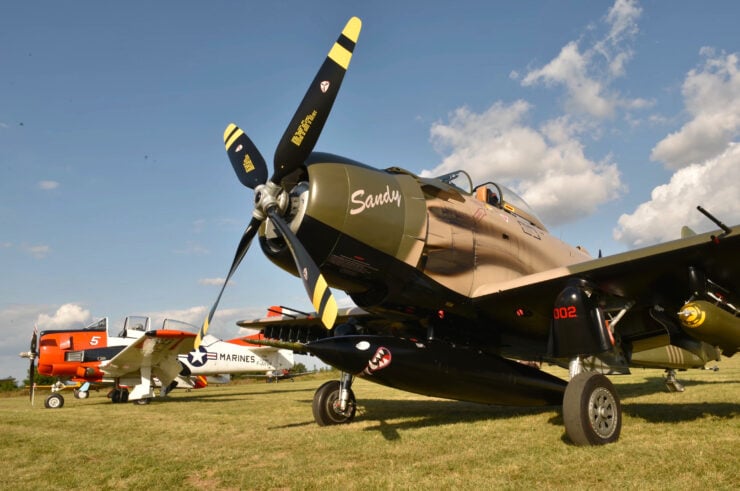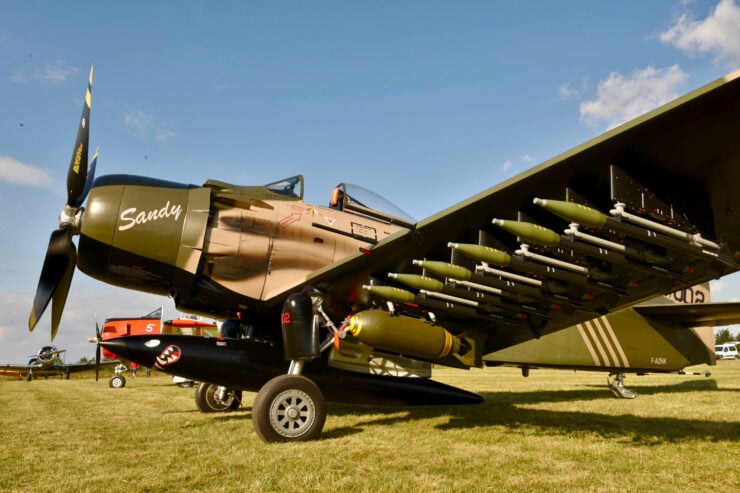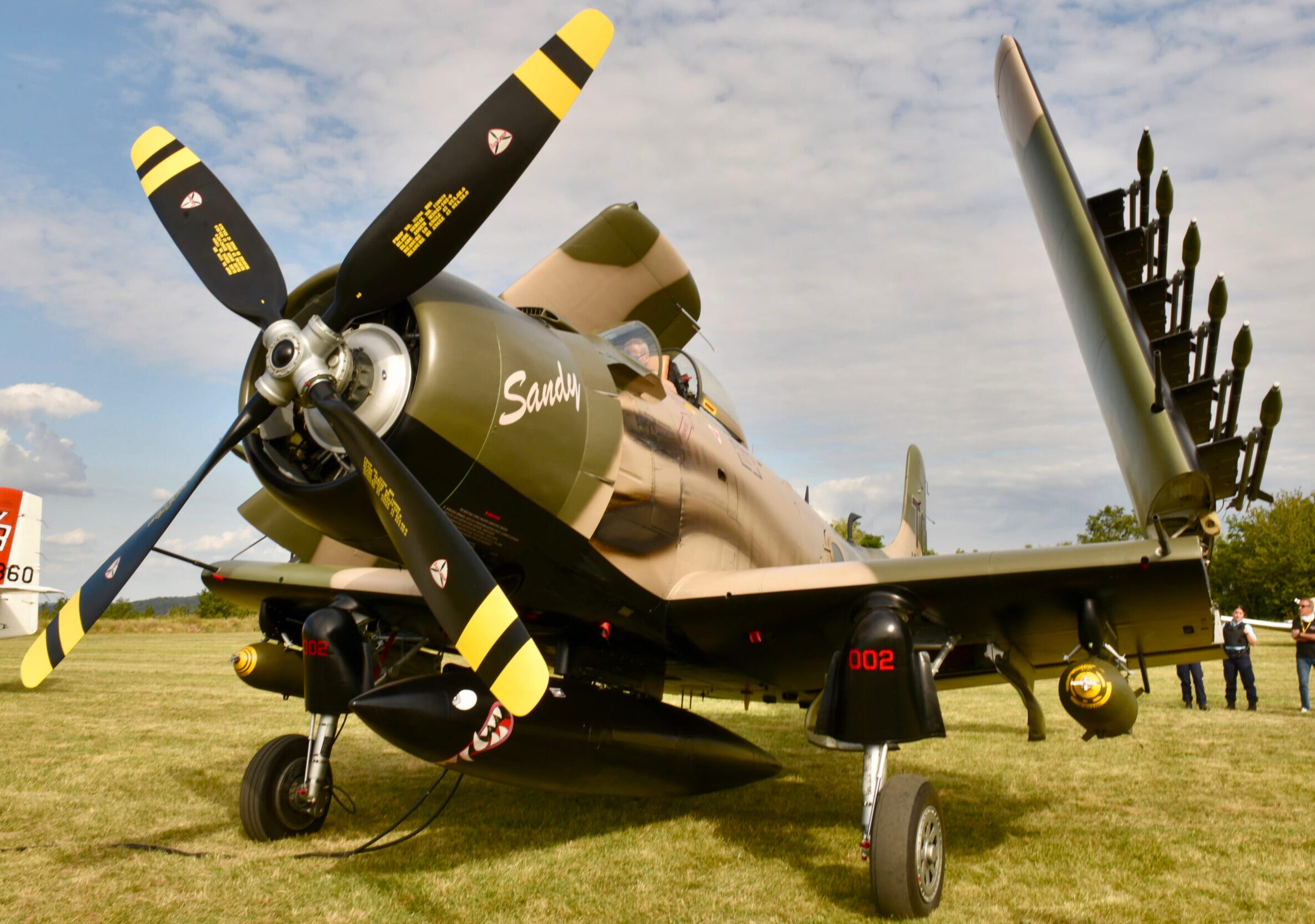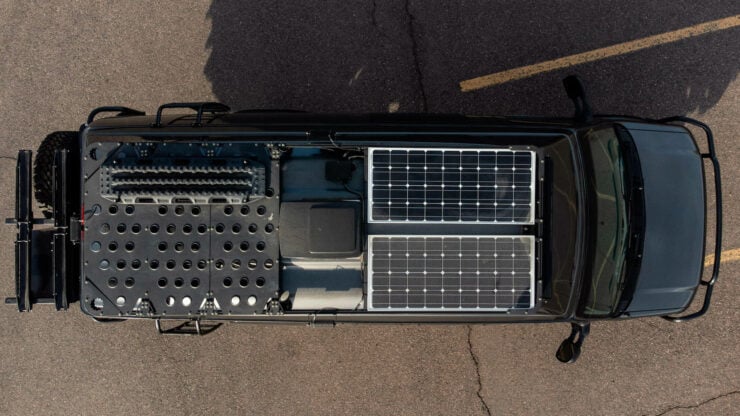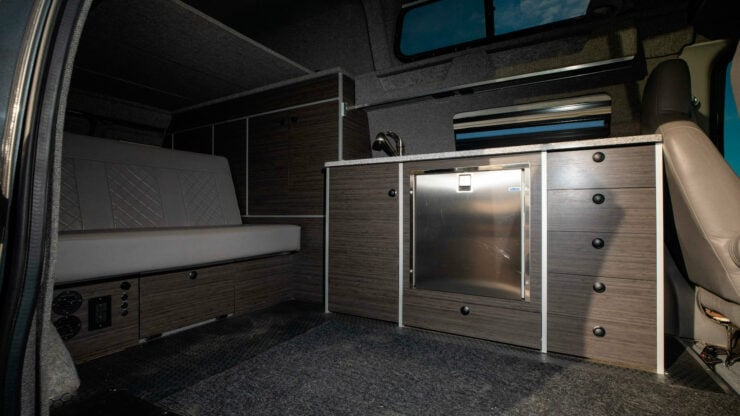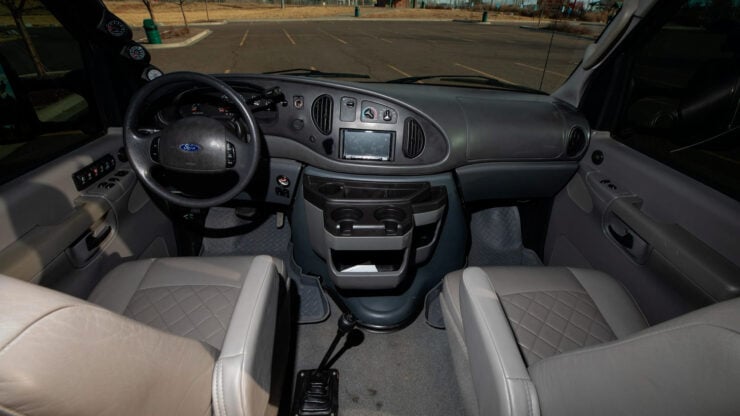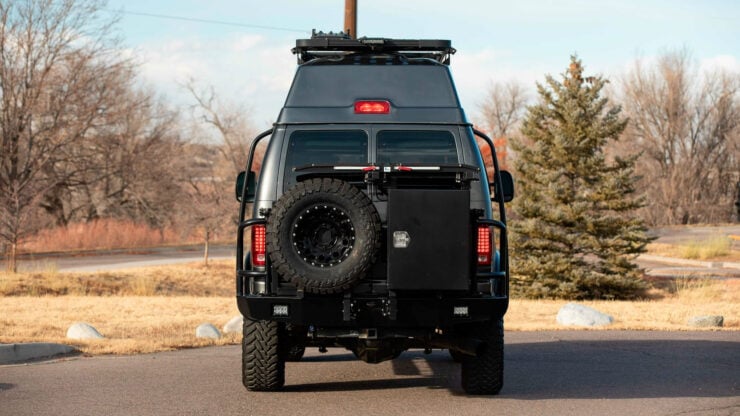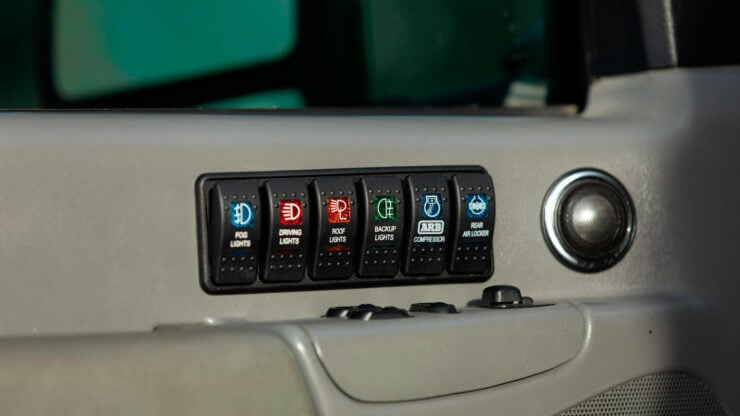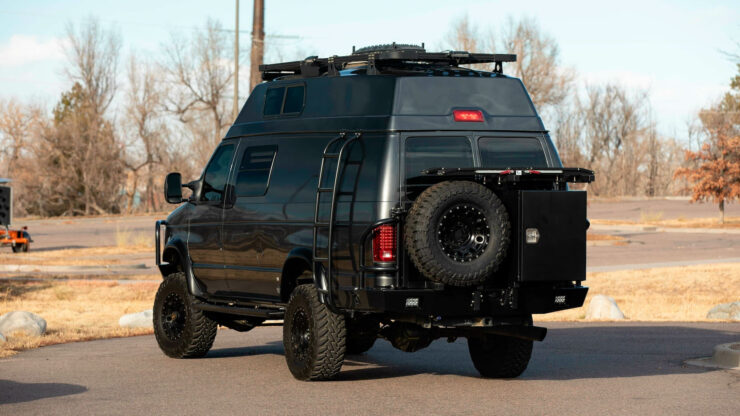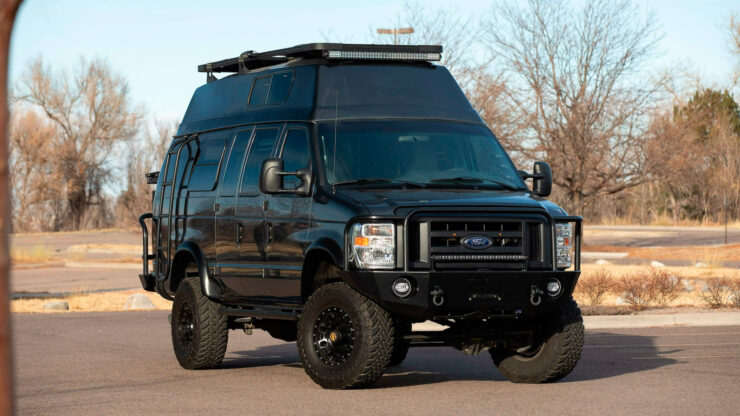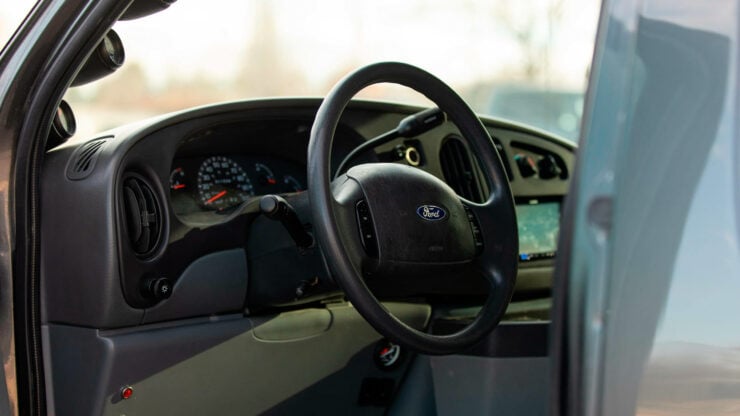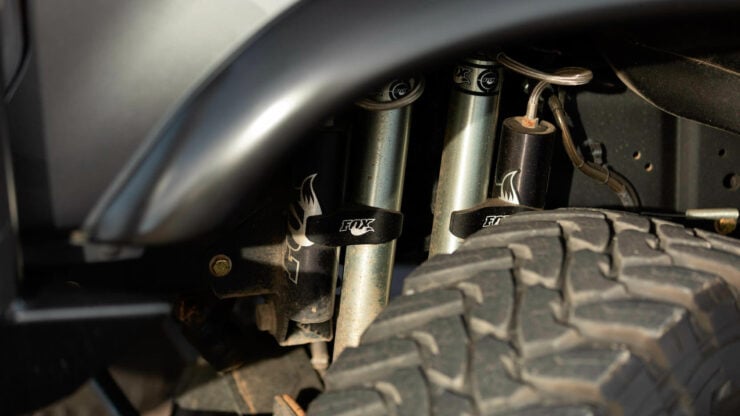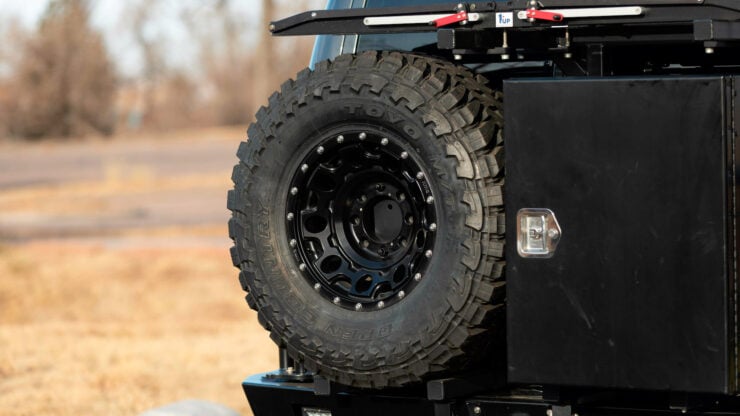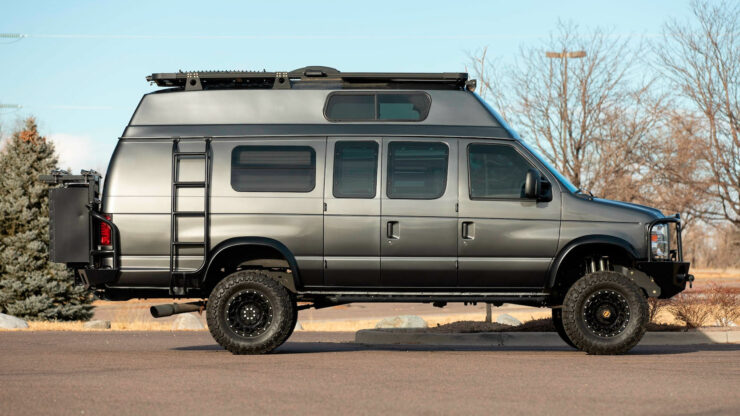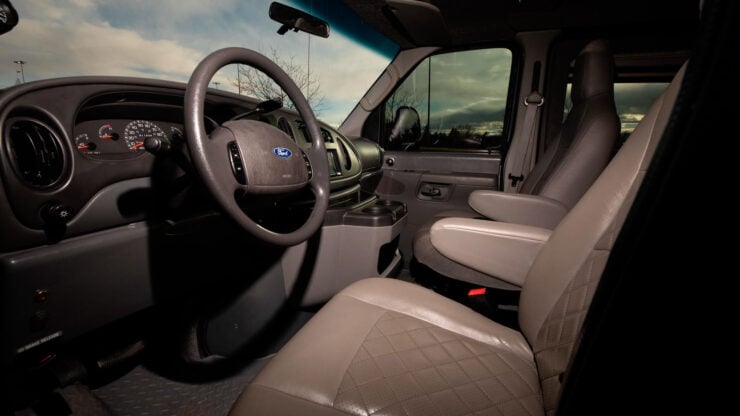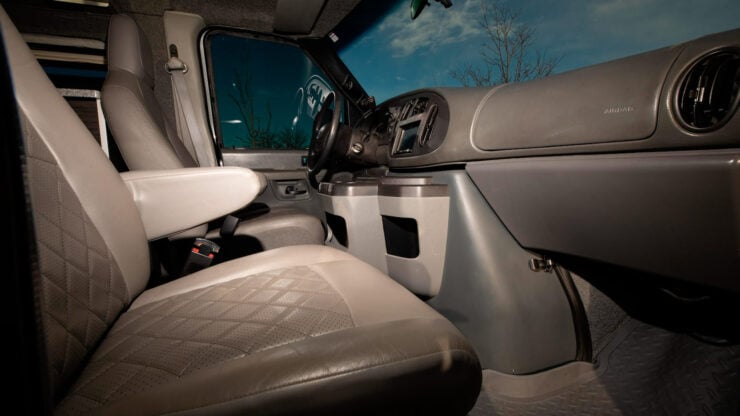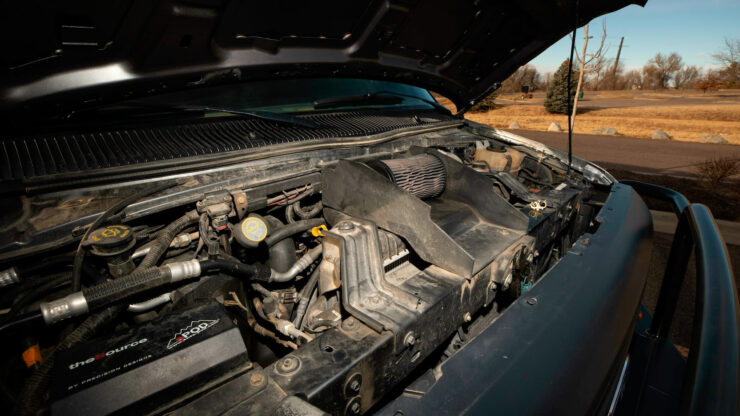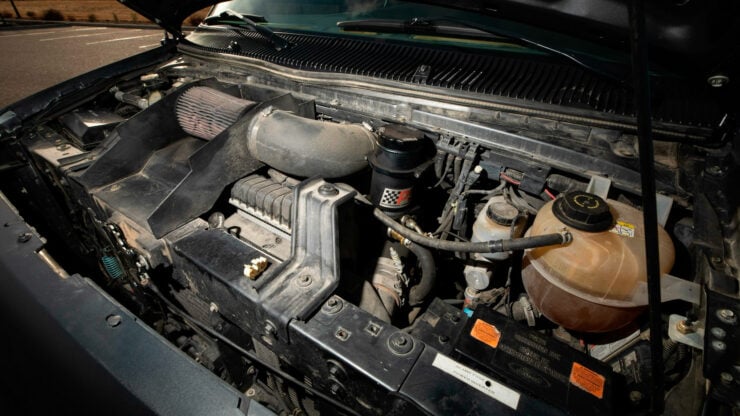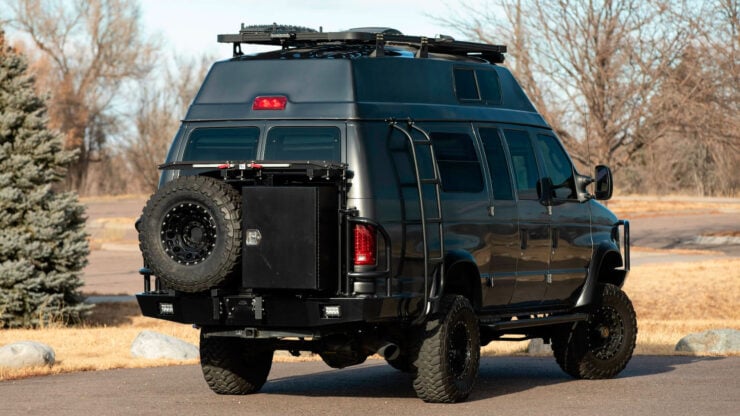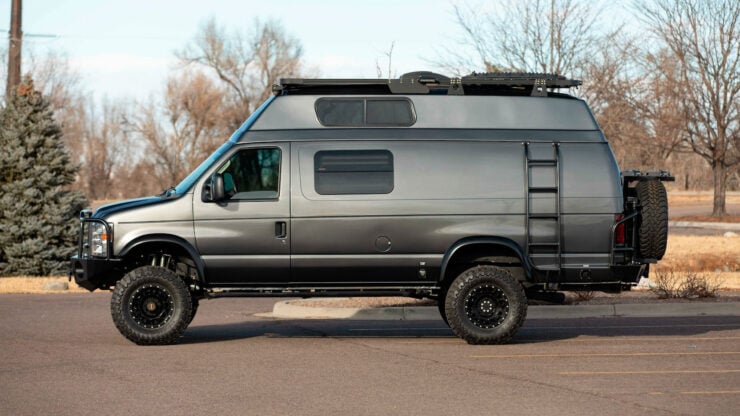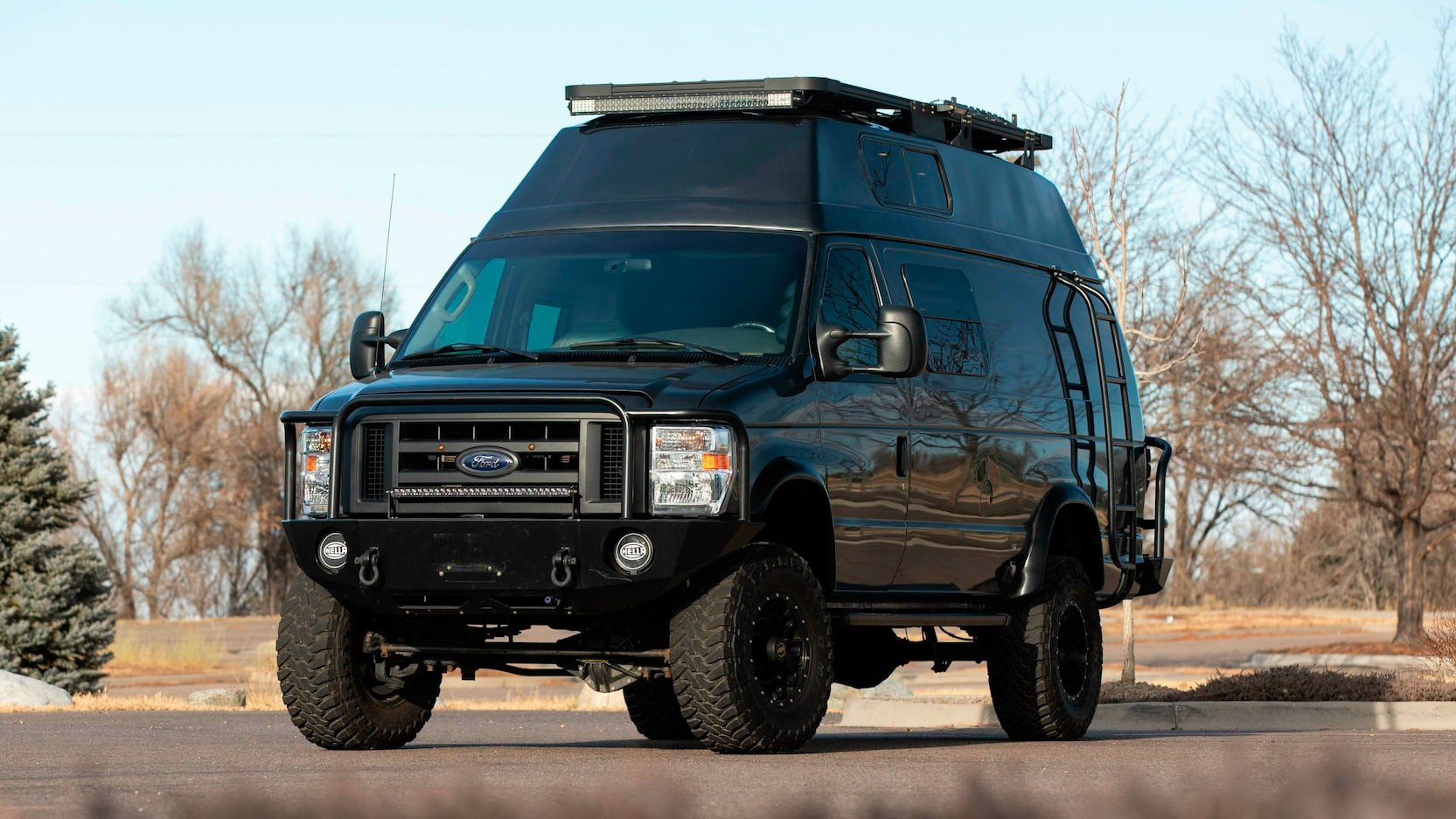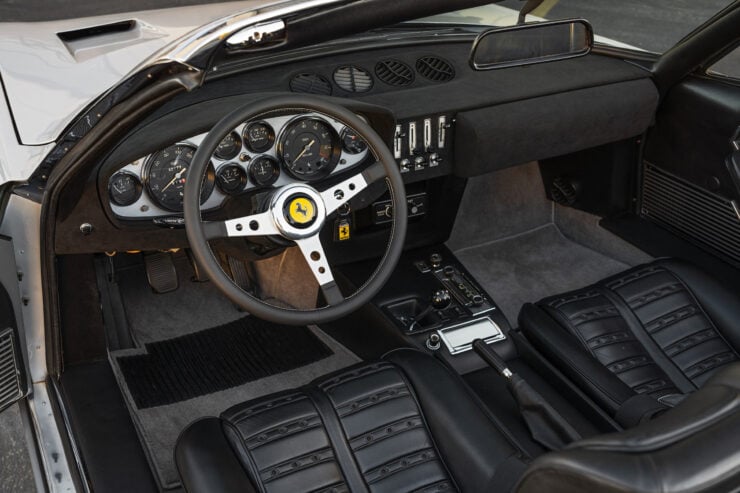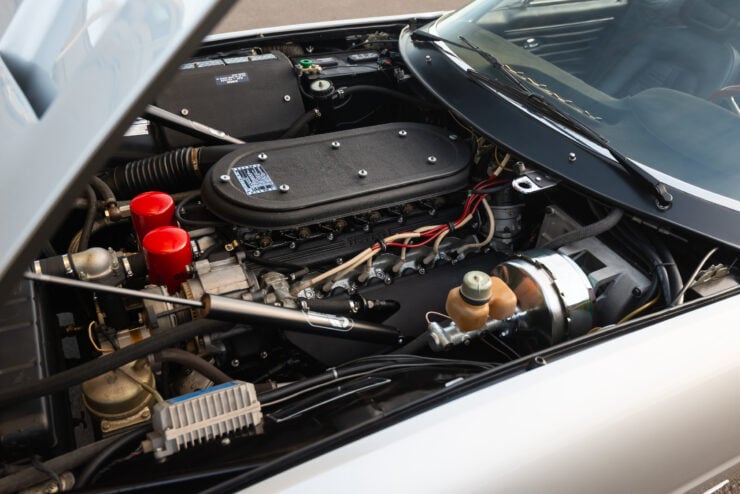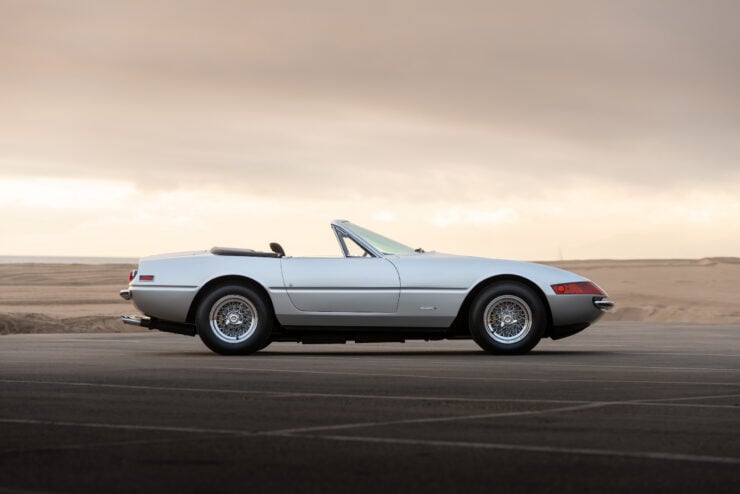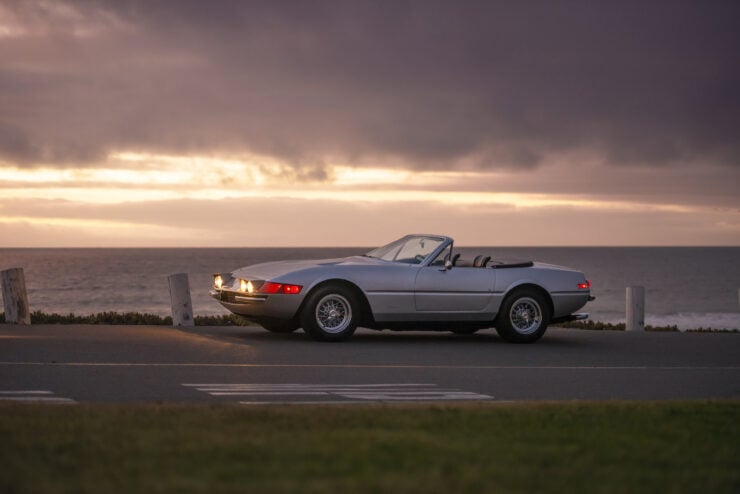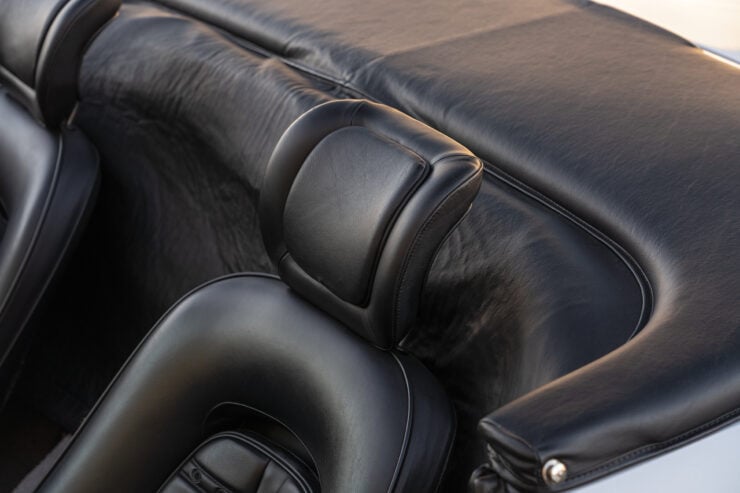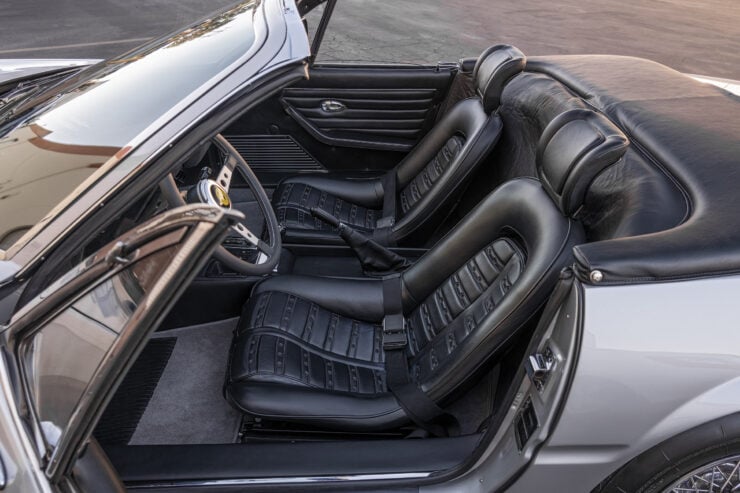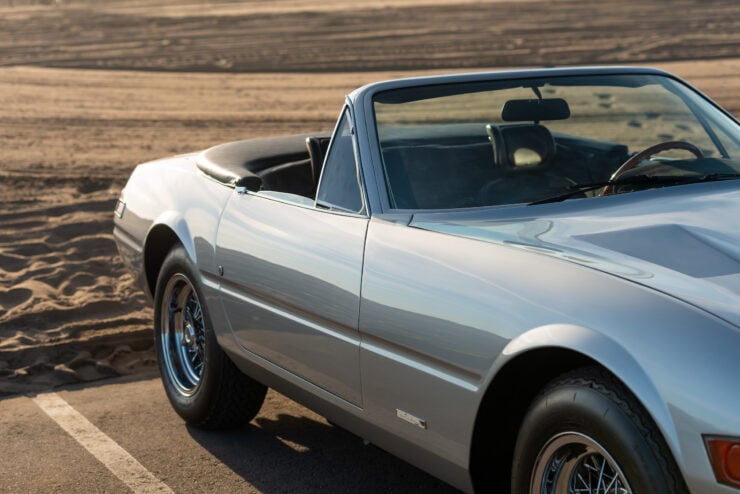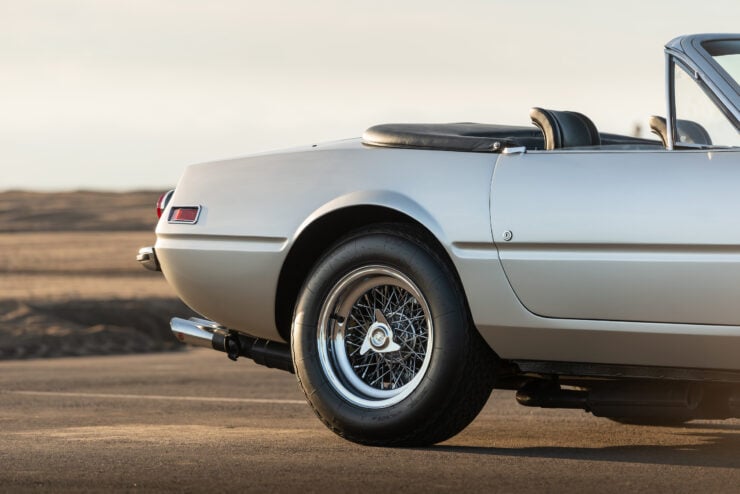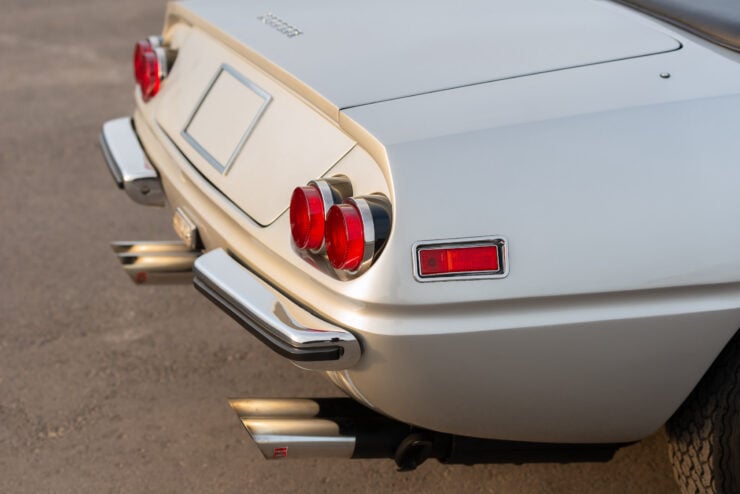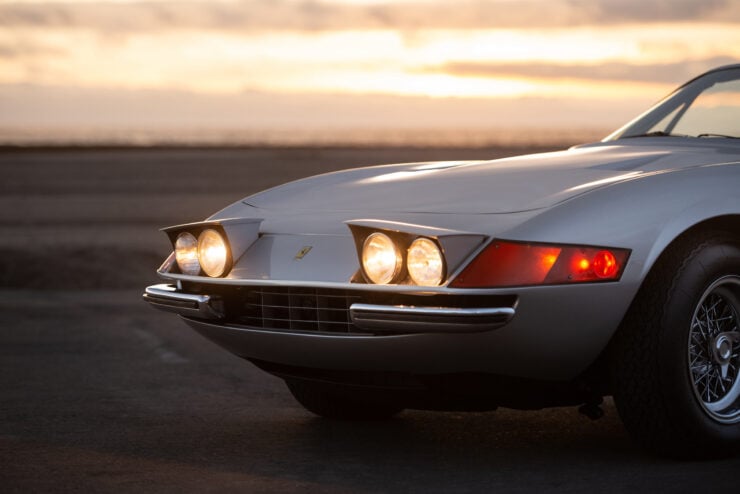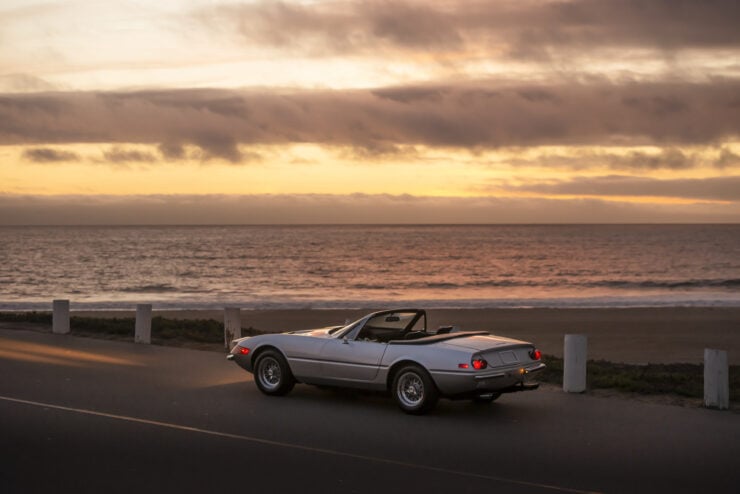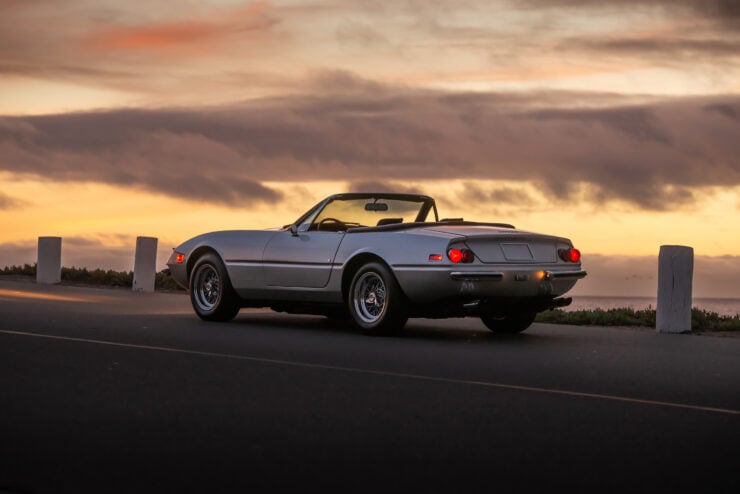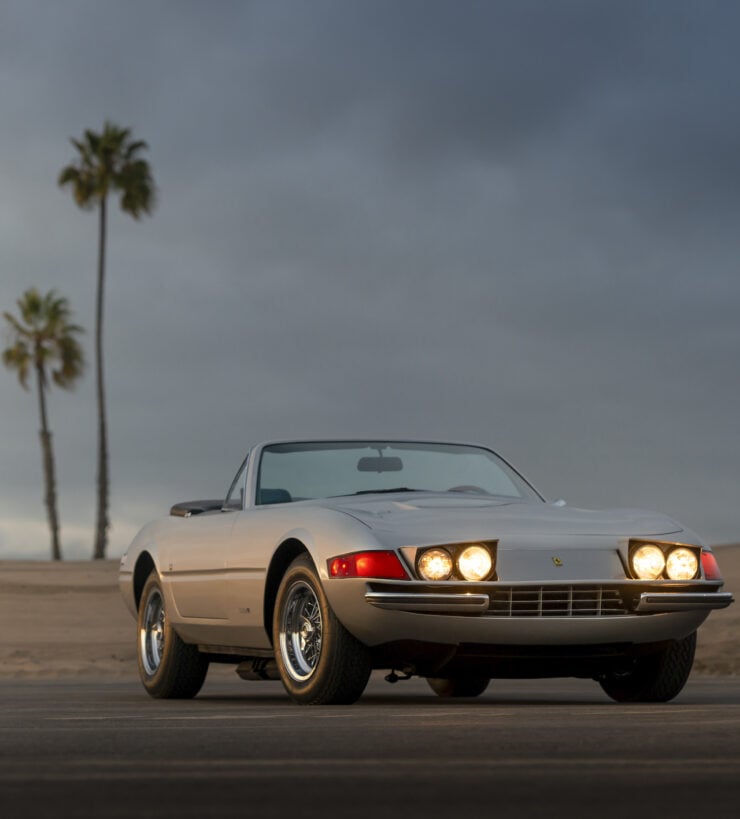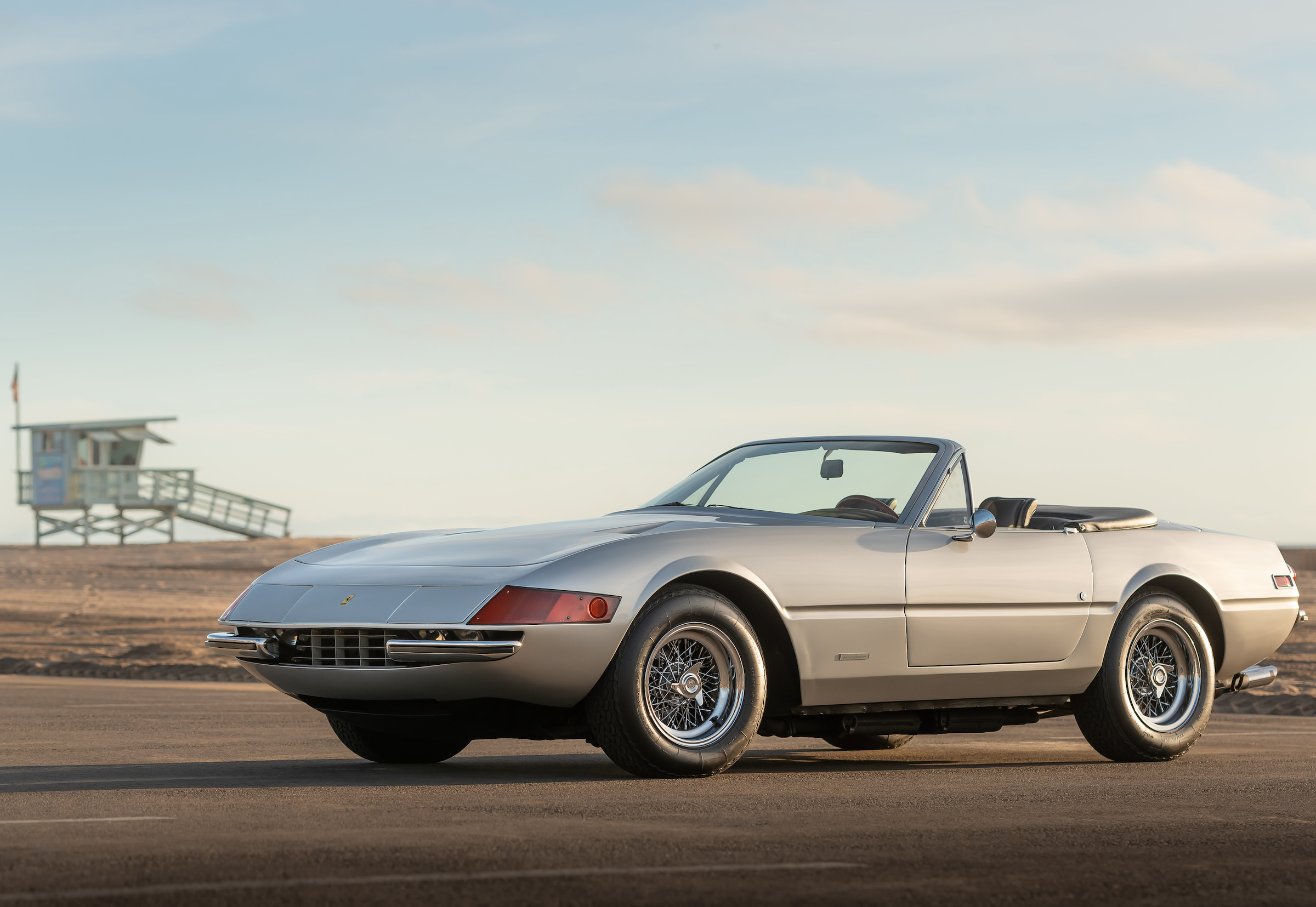When it was introduced in February of 1954 at the International Motor Sports Show in New York the Mercedes-Benz 300 SL Gullwing sent shockwaves through the automotive world. It was both the fastest production automobile the world had ever seen.
The car you see here is one of just 29 alloy-bodied examples that were made, these cars were intended largely for privateer racers who wanted the best possible performance options all rolled into a single car.
Fast Facts – The Mercedes-Benz 300 SL Alloy Gullwing
- Mercedes introduced the 300 SL Gullwing in 1954, it was based on the earlier Mercedes 300 SL W194 – the first racing car developed by Mercedes after the end of the Second World War.
- The W 194 had been remarkably successful, it took a 1-2 finish in the 24 Hours of Le Mans and the Carrera Panamericana, it also won the the Liège-Rome-Liège, and it took 2nd in the Mille Miglia.
- The production version of the 300 SL was fitted with a lightweight spaceframe chassis just like the race car, this resulted in very high sills which necessitated the use of gullwing doors.
- Only 29 alloy-bodied examples of the 300 SL were made, they were also fitted with sports suspension, the high-performance NSL engine, Rudge center-mount wheels, plexiglas windows (except the windshield), and vented front brake drums.
The Fastest Production Car In The World
The years immediately after WWII were a difficult time for Mercedes-Benz, and for all German automakers. No one knew if those in Allied countries would buy their vehicles or if they would be ostracized due to the horrific events of the war.
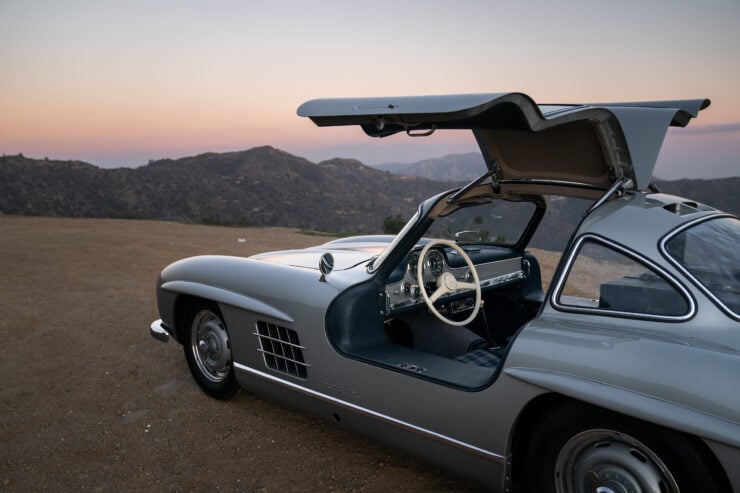
The 300 SL Gullwing has high sills due to its spaceframe chassis, this necessitated the use of gullwing doors and a steering wheel that can be tilted down to make entry and exit possible.
Mercedes opted to throw everything they had at developing what would be the most advanced sports car in the world at the time – the 300 SL W194. With its spaceframe chassis, lightweight magnesium alloy body, alloy transmission casing, and other weight saving measures, the Mercedes didn’t need as much power as its rivals from Jaguar and Ferrari.
First introduced in 1952, the Mercedes 300 SL W194 proved more successful than the German automaker could possibly have hoped for.
The model took a 1-2 finish in the 24 Hours of Le Mans, another 1-2 in the Carrera Panamericana, a 2nd place finish in the Mille Miglia, and wins in the Liège-Rome-Liège, the Jubilee Grand Prix for sports cars at the Nürburgring, the Bern Prize for Sports Car, and a slew of other events.
Having proven the design of the 300 SL Mercedes were asked by legendary Austrian-born, New York-based auto importer Max Hoffman to develop a road-going version for the booming American market.
At the time of its introduction in 1954 the Mercedes-Benz 300 SL was the fastest production car on earth – over 1,400 of them were sold and they helped put Mercedes back on the map for buyers across Europe, the United States, and around the world.
The Mercedes-Benz 300 SL Alloy Gullwing
The 300 SL Gullwing is a sports car often referred to as the “sports car of the century.” Though this title could feasibly be applied to a number of 20th century vehicles, the 300 SL Gullwing makes a particularly strong case.
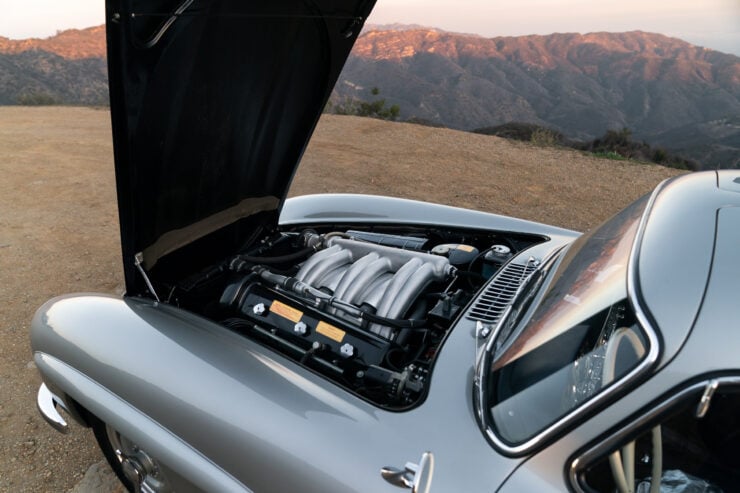
Power is provided by a 3.0 liter (2,996cc) M198 inline-six cylinder engine with a single overhead cam, two valves per cylinder, and a Bosch mechanical fuel-injection system.
Of all the Gullwings that were made, the example that shares the most DNA with the W194 Gullwing that came before it is the rare all-alloy 300 SL – of which only 29 were made.
The ultra lightweight all-alloy body of the Alloy 300 SL was one of a slew of changes made to the car to reduce its weight and improve its performance. All windows except the windshield were replaced with plexiglas and a set of alloy Rudge center-mount wheels were fitted.
Under the hood you’ll find a the high-performance NSL engine, fitted with a competition camshaft, higher-compression pistons, a unique butterfly throttle valve, and a recalibrated fuel distributor – all together this delivered over 215 hp.
Special vented brake drums were added up front to reduce the chance of overheating in competition use, and uprated springs and shock absorbers were fitted to offer better high-speed handling.
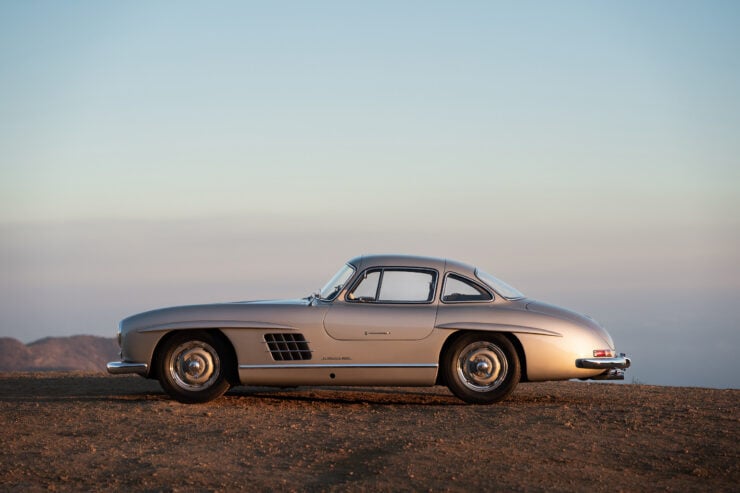
The unusual “eyebrows” over the wheel arches were added to help deflect road water and grime away from the windscreen. The rear pair were added for visual symmetry.
Just 24 Alloy Gullwings were made in 1955, with a further 5 completed in 1956. Today they represent the inarguable pinnacle of the model series, which is made up of the 300 SL Gullwing produced from 1954 to 1957, and the 300 SL Roadster which was in production from 1957 to 1963.
The 300 SL Alloy Gullwing Shown Here
The car you see here is the 13th of the 24 Alloy Gullwings built in 1955 and it was the only car delivered new to Africa, having been ordered by official Mercedes-Benz agent Joseph F. Weckerlé of Casablanca, Morocco.
By 1962 this car had been bought by its first American owner and imported into the United States, to Montgomery, Alabama. By 1975 the car was in new ownership, it was sent to the world’s foremost 300 SL repair facility, Paul Russell and Company in Essex, Massachusetts where it received a restoration worth $45,000 – that’s $172,000 USD in 2021 dollars.
The car has lived a privileged life since this time, belonging to the former-president of the Gullwing Group, Hyatt Cheek, for over 32 years.
It’s now due to roll across the auction block with RM Sotheby’s on the 27th of January with a price guide of $7,000,000 – $9,000,000 USD. If you’d like to read more about it or register to bid you can click here to visit the listing.
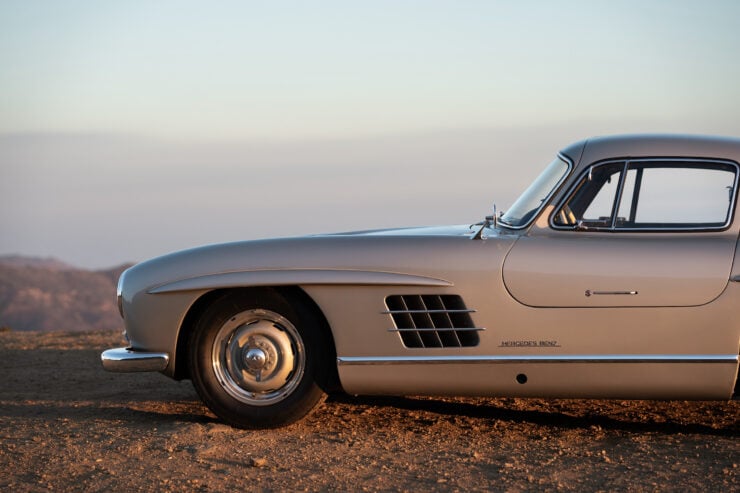
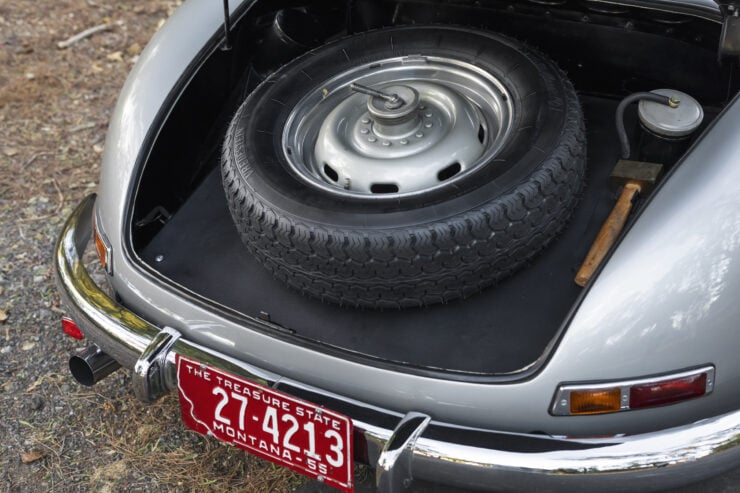
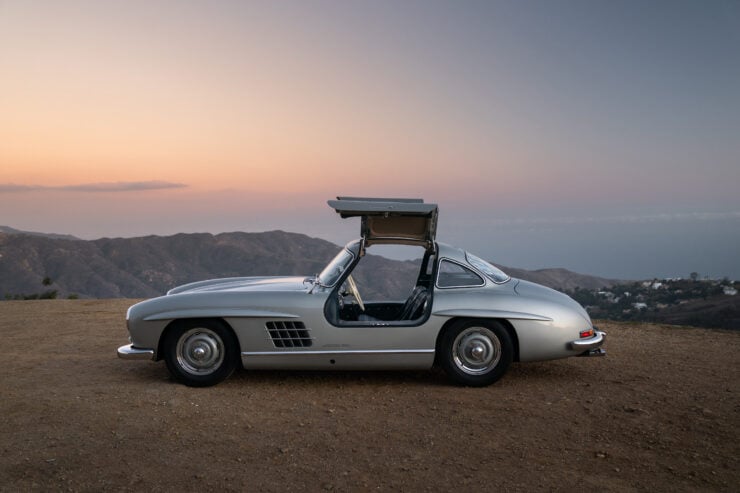
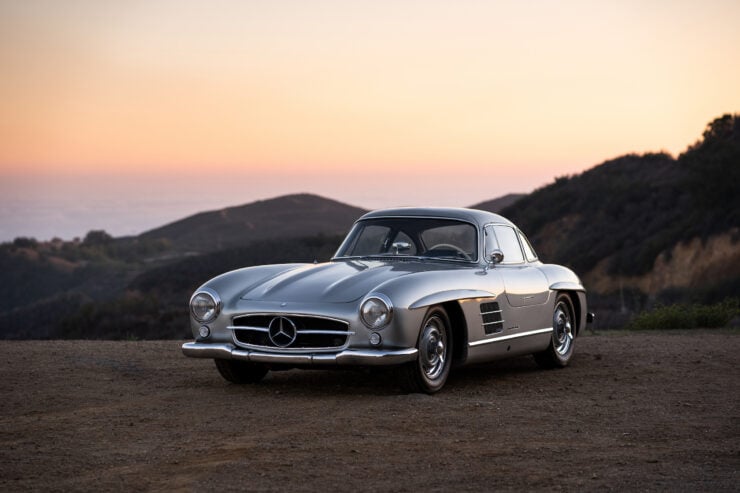
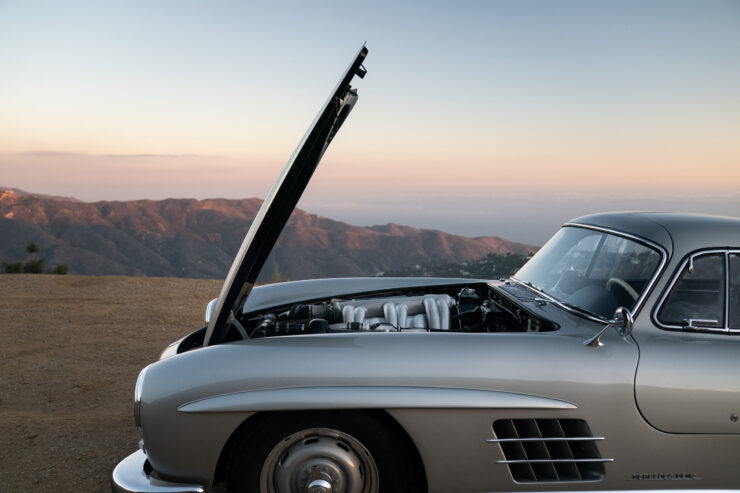
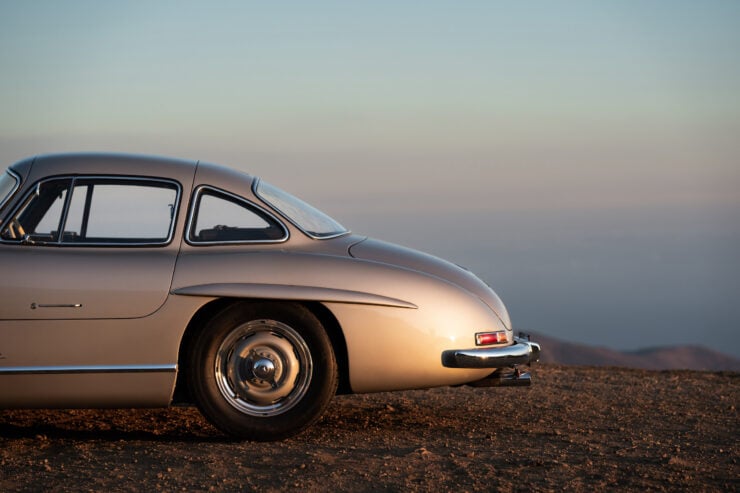
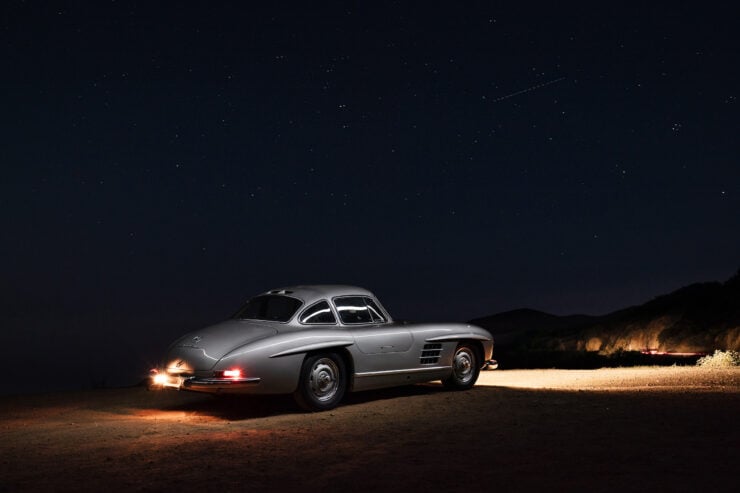
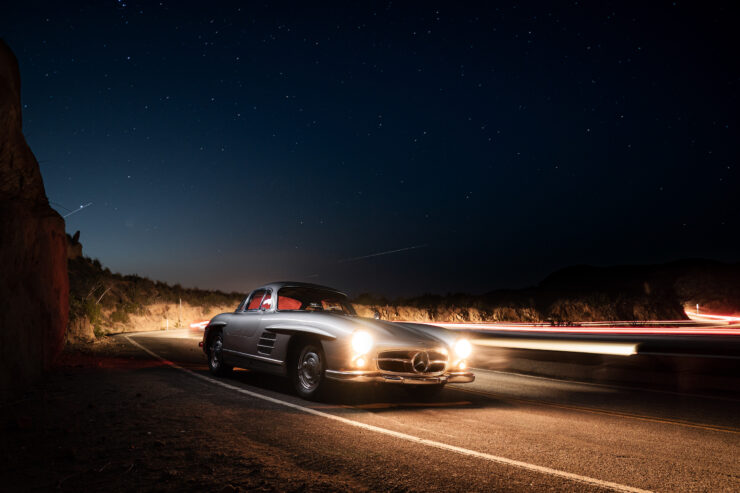
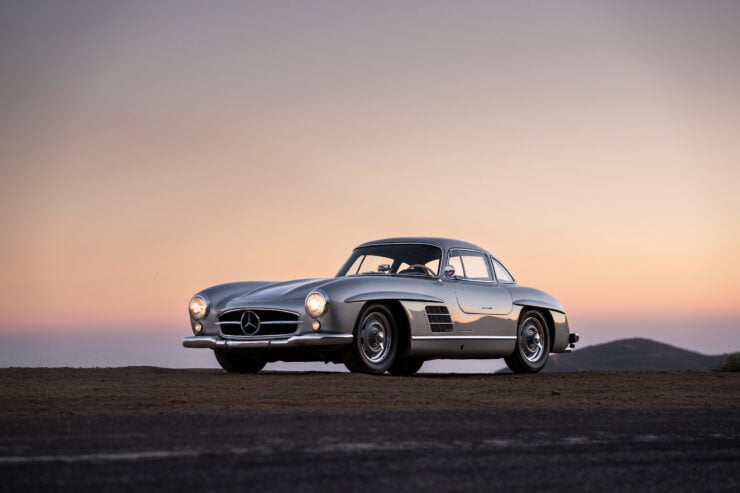
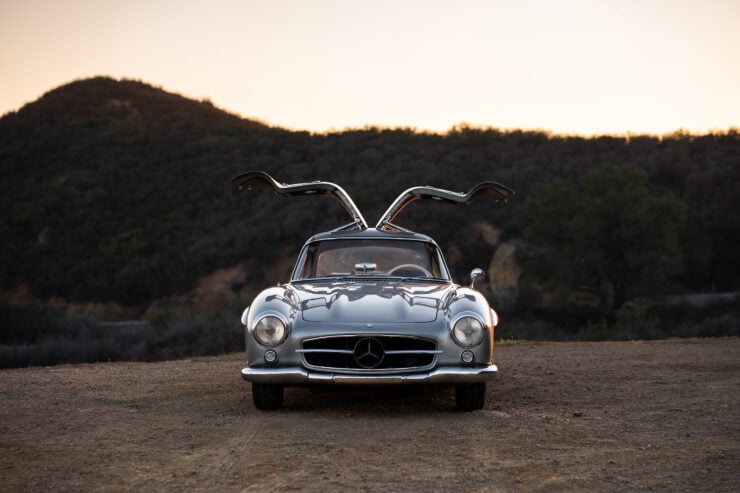
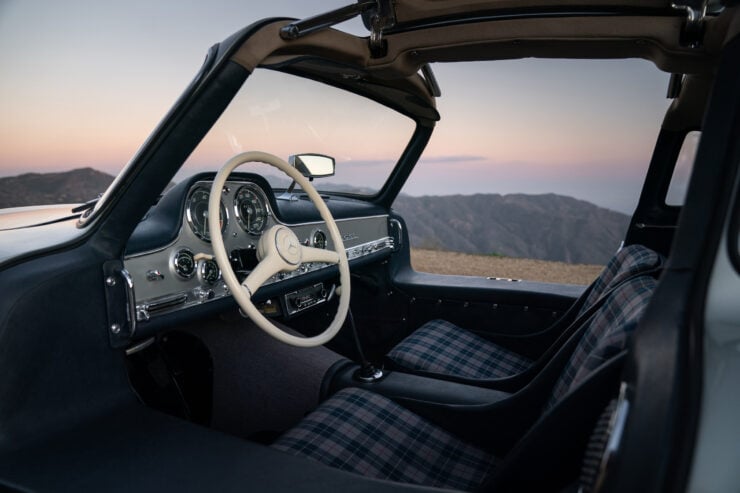
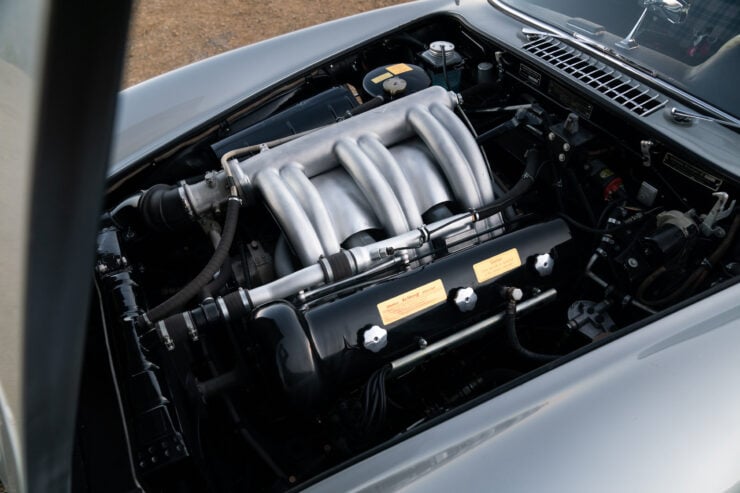
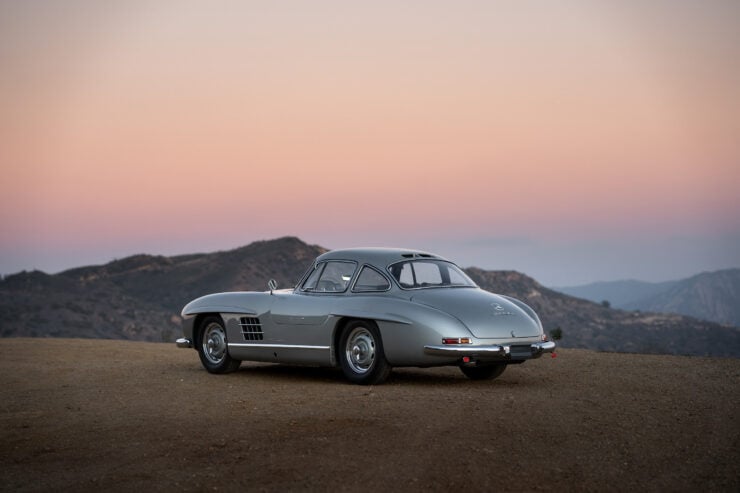
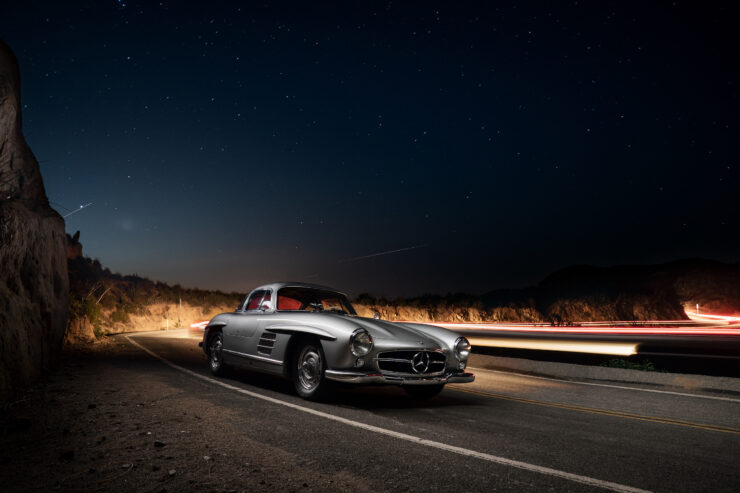
Images courtesy of Karissa Hosek ©2021 Courtesy of RM Sotheby’s
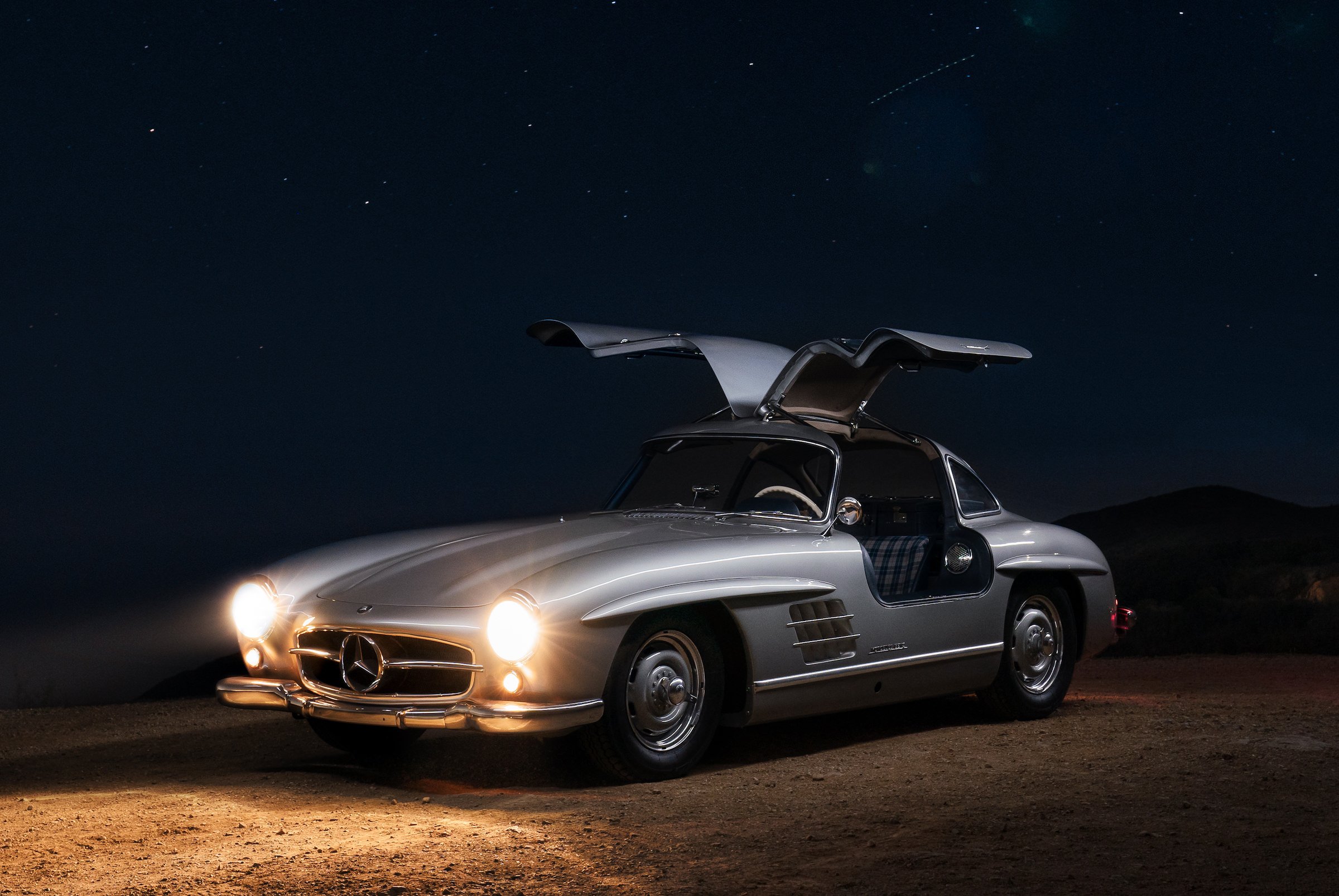
The post 1 Of 29 Ever Made: The Rare Mercedes-Benz 300 SL Alloy Gullwing appeared first on Silodrome.
from Silodrome https://silodrome.com/mercedes-benz-300-sl-alloy-gullwing/
via gqrds
